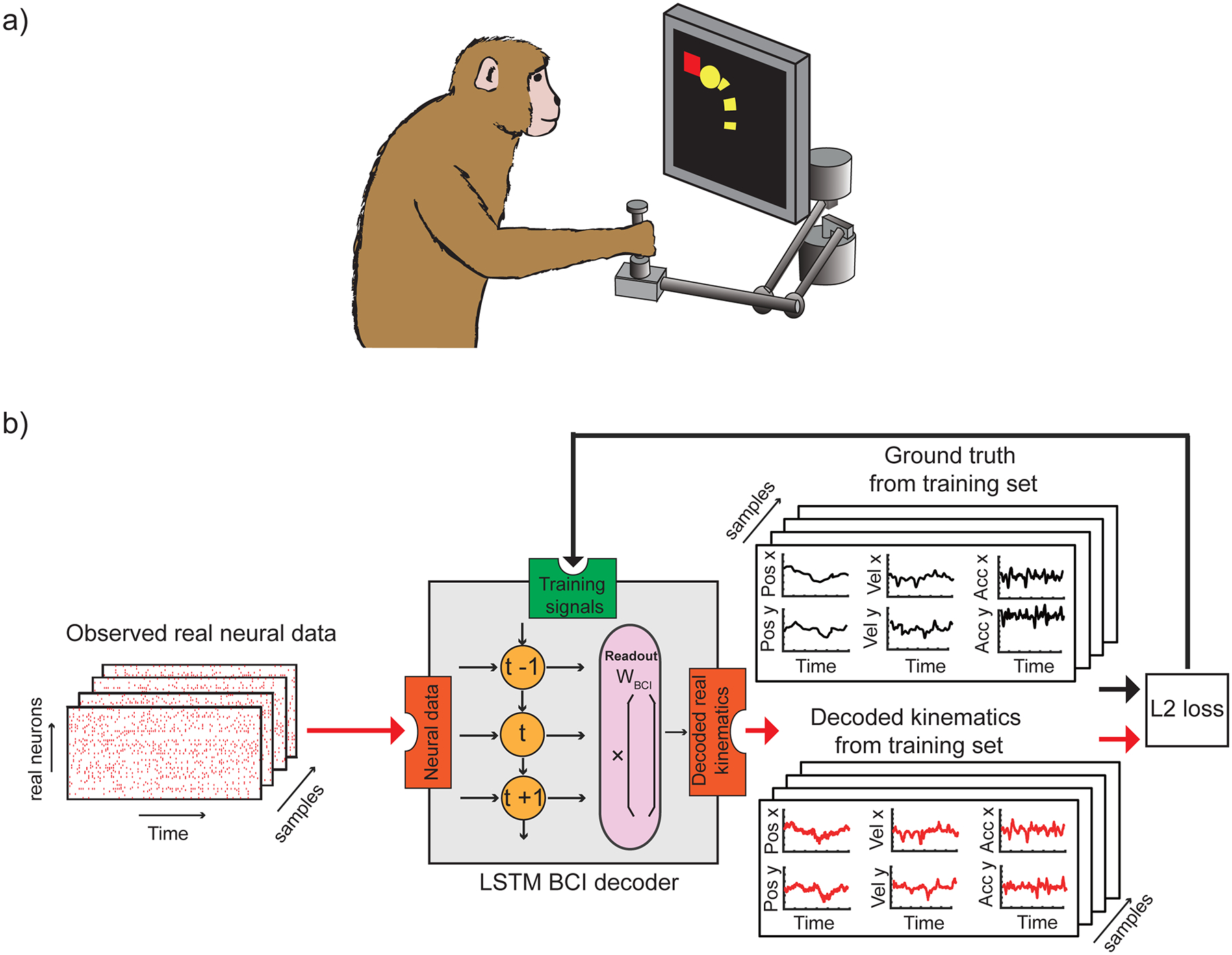Fig. 1 |. Experimental paradigm and training the baseline BCI LSTM decoder.

a, Experimental paradigm: monkeys were seated in front of a video screen and grasped the handle of a planar manipulandum that controlled the position of a cursor. Monkeys made reaching movements to a sequence of randomly-placed targets appearing on the screen while we recorded neural activity in primary motor cortex using an implanted electrode array. b, Training the baseline BCI LSTM decoder. Recorded spike trains are input to the BCI LSTM (Brain-Computer Interface, Long Short-Term Memory, a recurrent neural network that can learn to decode spike trains) decoder. The decoder outputs predicted kinematics, by first learning a time-varying generalizable internal representation (symbols t−1, t, t+1), and then mapping it to kinematic space (using readout weights WBCI). During training, actual kinematics (ground truth) are compared to the predicted ones using an L2 loss function (i.e., a Euclidean distance comparison) and used to refine the decoder (Methods).
